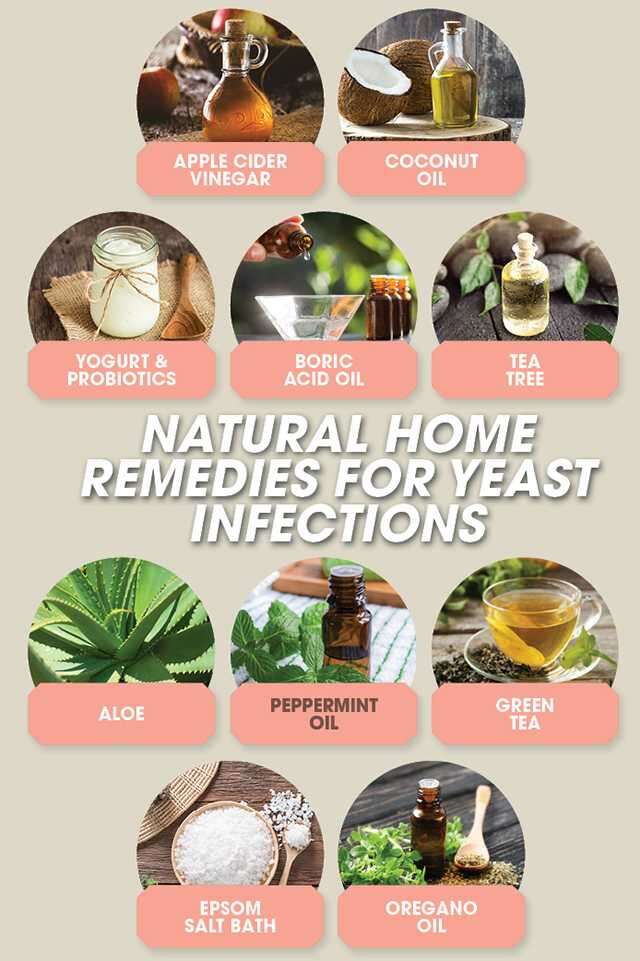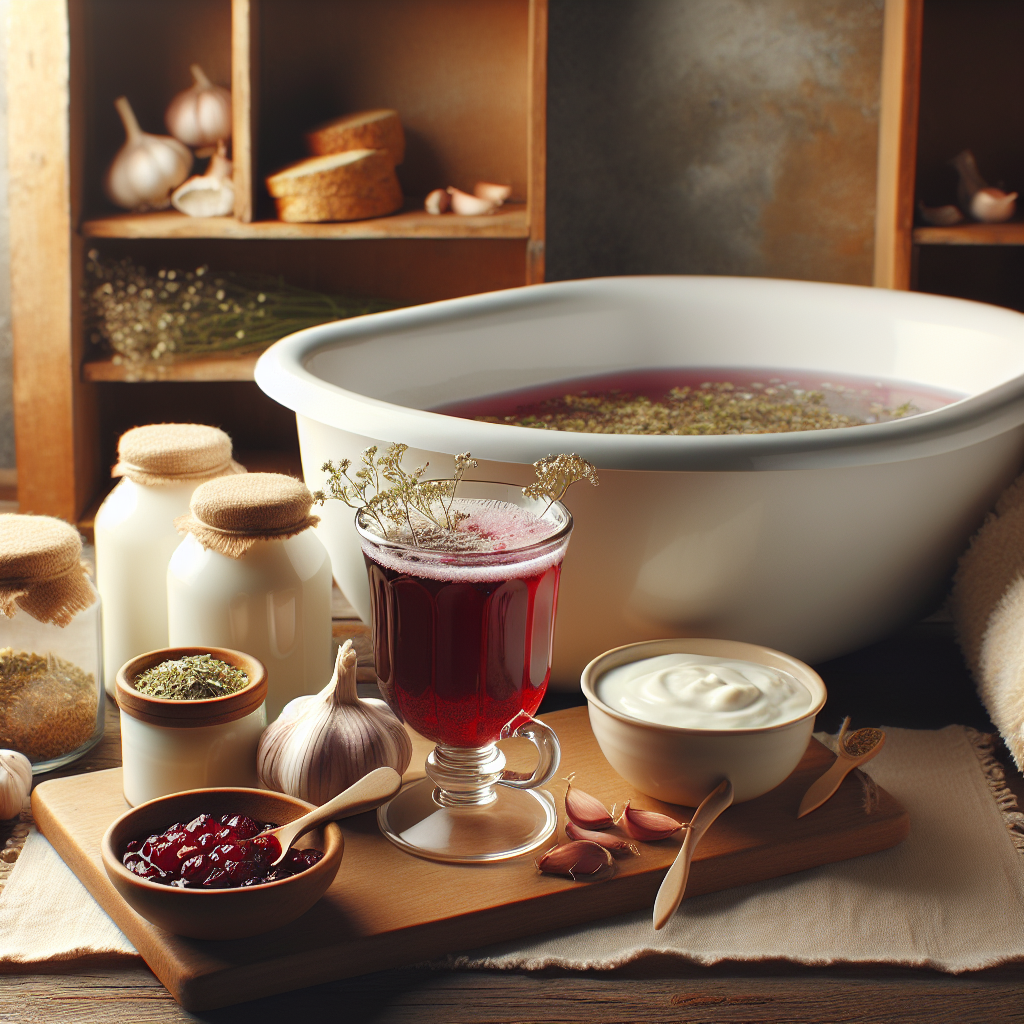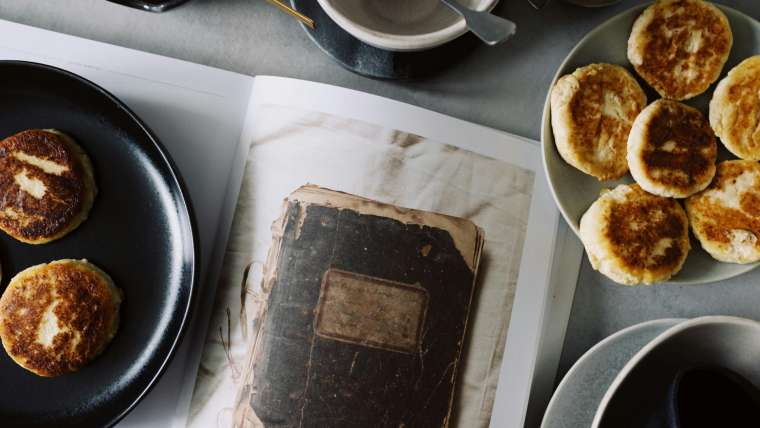Discover the natural remedies and holistic approach to soothing yeast infections at home and say goodbye to discomfort now!
Table of Contents
Introduction: Understanding Yeast Infections
We all know that feeling when something itches or hurts “down there.” It may be a yeast infection! But what exactly is a yeast infection? Why does it happen? And most importantly, how can we make it better without feeling scared or embarrassed? Let’s talk about yeast infections in a simple and friendly way so we can understand them better and learn how to treat them at home.
A yeast infection is like having a party in your body – but not the fun kind. Imagine yeast as tiny creatures that live in your body, just like the yeast you use in baking bread. Most of the time, they’re harmless! But when there are too many of them, they can cause some trouble. That’s when we start to feel uncomfortable and itchy.
The Basics of Yeast Infection
Yeast infection might sound like a scary thing, but it’s actually a pretty common issue that can happen in our bodies. Just like the yeast we use in baking bread to make it rise, our bodies have yeast too. But sometimes, this yeast grows too much and causes problems.
When there’s an overgrowth of yeast, it can lead to things like itching, burning, and discomfort, which isn’t very fun. Yeast infections can happen in different places like our mouths, ears, or even in private areas. But don’t worry, it’s nothing to be embarrassed about!
Home Remedies to Soothe a Yeast Infection
When you’re feeling uncomfortable due to a yeast infection, there are some easy and soothing things you can try at home to help ease the ouchiness and itch. These methods are gentle and safe, but always remember that if things don’t get better or if you’re worried, it’s essential to talk to an adult or a healthcare professional.
The Comfort of Home Treatments
One simple way to give yourself relief from the discomfort of a yeast infection is by taking warm baths. The warm water can help soothe the itch and make you feel better. You can also try wearing loose, breathable clothing, like cotton underwear, to keep the area dry and comfy.
Understanding Probiotics Benefits
Probiotics are like tiny superheroes that live in our tummies and help us fight off the ‘too-much-yeast-gang.’ They are found in foods like yogurt and can work wonders for our bodies.

Image courtesy of www.femina.in via Google Images
Probiotics: Your Tummy’s Tiny Superheroes
Imagine little fighters inside your tummy, ready to battle the bad guys. That’s what probiotics do! They are friendly bacteria that keep our tummies healthy and strong. When we eat foods with probiotics, it’s like we’re giving our bodies an army of superheroes to keep us feeling good.
The Candida Diet: Can What We Eat Help?
When it comes to fighting yeast infections, what we put into our bodies can play a significant role in keeping those pesky organisms at bay. Let’s explore how the foods we eat can impact the growth of yeast without getting into complicated medical jargon.
Eating to Beat Yeast
Choosing the right foods and avoiding others can make a big difference in preventing yeast from taking over. Foods that are high in sugar and refined carbs can feed the yeast, so it’s best to limit those. Instead, opt for whole foods like vegetables, lean proteins, and healthy fats. Some people find relief by following what’s known as the Candida Diet.
| Treatment | Description |
|---|---|
| Yogurt | Applying plain, unsweetened yogurt topically or consuming it may help restore the natural balance of bacteria in the vagina. |
| Coconut Oil | Coconut oil has antifungal properties that may help alleviate yeast infections. Apply it topically to the affected area. |
| Garlic | Garlic has antifungal properties that may help combat yeast infections. Consuming raw garlic or applying it topically may be beneficial. |
| Tea Tree Oil | Tea tree oil has antibacterial and antifungal properties that may help treat yeast infections. Dilute it with a carrier oil before applying it topically. |
| Probiotics | Consuming probiotic-rich foods or supplements can help restore the healthy bacteria in your gut and vagina, potentially preventing yeast infections. |
The Candida Diet focuses on cutting out sugar, gluten, alcohol, and processed foods, all of which can contribute to yeast overgrowth. Instead, it emphasizes whole, nutrient-dense foods like leafy greens, berries, and lean protein sources. By making smart food choices, we can create an environment in our bodies that’s less hospitable to yeast.
If you’re interested in trying the Candida Diet, there are plenty of delicious recipes and meal ideas out there to explore. From hearty salads to tasty smoothies, there are many ways to eat well while keeping yeast in check.
When to Talk to Grown-Ups About Yeast Infections
It’s essential to know when to talk to grown-ups about yeast infections. Sometimes, a yeast infection might be more than just a little itch that goes away on its own. Here are some signs that tell us it’s time to involve an adult or a doctor:

Image courtesy of co.pinterest.com via Google Images
Getting Help from Grown-Ups
If you have a yeast infection that just won’t go away, even after trying home remedies, it’s time to talk to a grown-up. They can help you figure out if there’s something more serious going on and get you the right treatment.
Conclusion: Summing Up Our Yeast Infection Adventure
Our journey through understanding and soothing yeast infections has been quite an adventure. We’ve learned what yeast infections are, how to treat them at home, the benefits of probiotics, and even how our diet can play a role in keeping yeast at bay.
Remember, when you notice any uncomfortable symptoms like itching, it’s essential to talk to a grown-up about it. Seeking help from a doctor or healthcare professional can help you feel better faster and ensure that you get the right treatment.
Don’t forget about the tiny superheroes called probiotics that can be found in yogurt and other foods. These helpful bacteria can support your body in fighting off the ‘too-much-yeast-gang’ and keeping your tummy happy.
And when it comes to what you eat, making simple and delicious food choices can also play a part in preventing yeast infections. By being mindful of what you put into your body, you can help maintain a healthy balance and keep those pesky yeast infections away.
So, next time you feel the itch or ouch, remember these easy steps we’ve talked about. Take care of yourself, talk to a grown-up if you need help, and keep those probiotic superheroes on your side. Stay healthy and happy!
Frequently Asked Questions (FAQs)
Can boys get yeast infections too?
Yes, boys can get yeast infections just like girls. It’s not just a problem for girls but can happen to anyone, even our brothers or male friends. The important thing is to know that it’s nothing to be embarrassed about, and they can get help just like girls can.
What is lactose intolerance?
Lactose intolerance is when our bodies have trouble digesting a sugar called lactose that’s found in milk and dairy products. It doesn’t have to do directly with yeast infections, but some people who have lactose intolerance might also have more yeast infections. So, it’s good to be aware of how our bodies work and feel.
Is a yeast infection the same thing as bacterial vaginosis?
No, a yeast infection and bacterial vaginosis are different things. A yeast infection is caused by too much yeast growing, while bacterial vaginosis happens when there’s too much of certain bacteria. Both can make us feel uncomfortable, but it’s essential to know the difference so we can talk to a doctor or grown-up if we have any concerns.
Generated by Texta.ai Blog Automation





